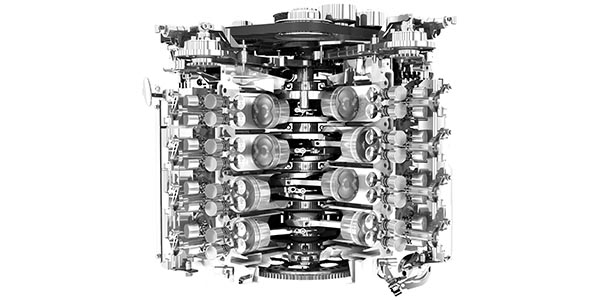Diagnostic Solutions: Starter And Battery Diagnostics
On June 15, 1911, Charles F. Kettering was awarded a patent for an electric self-starter for automobile engines.

Diagnosing Secondary Ignition Problems
Kilovolt demand can vary widely according to air/fuel ratio, running compression and spark timing.

Engine Compression Testing
Read this article to find out how to reduce rotating friction and increase running compression.

Understanding Five Volt Reference Signals
A 5-volt reference flows through a sensor with a resistance that varies according to changes in temp., pressure or position.

Volts And Amps: It’s Not About How Many, It’s About How Long
With “the rest of the story” in mind, let’s review how we measure cold-cranking amps, amp/hours and reserve capacity.

LTF And STF Fuel Trim Feedback Loops
How to understand rich, lean and somewhere in between.
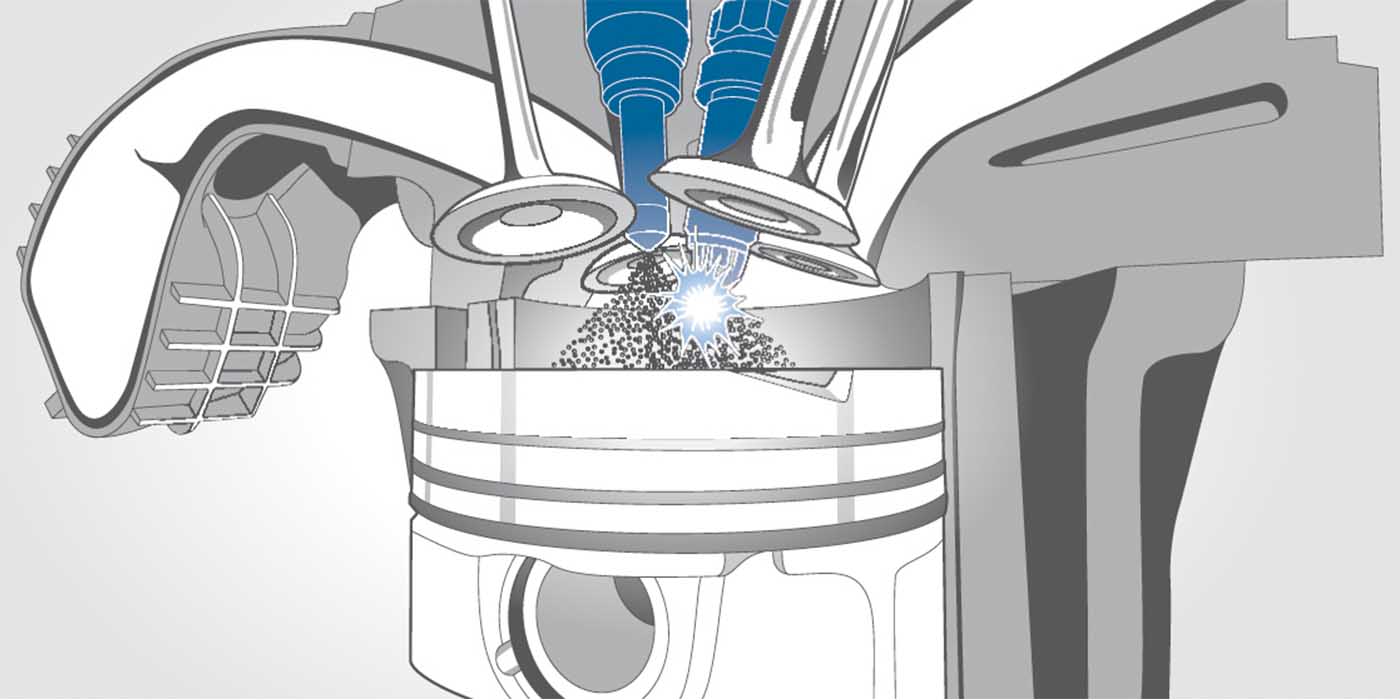
Why O2 Sensors Fail To Calculate Exhaust Levels Over Time
As miles accumulate, O2 sensors effectively “catch a cold,” meaning they can’t breathe like they should.
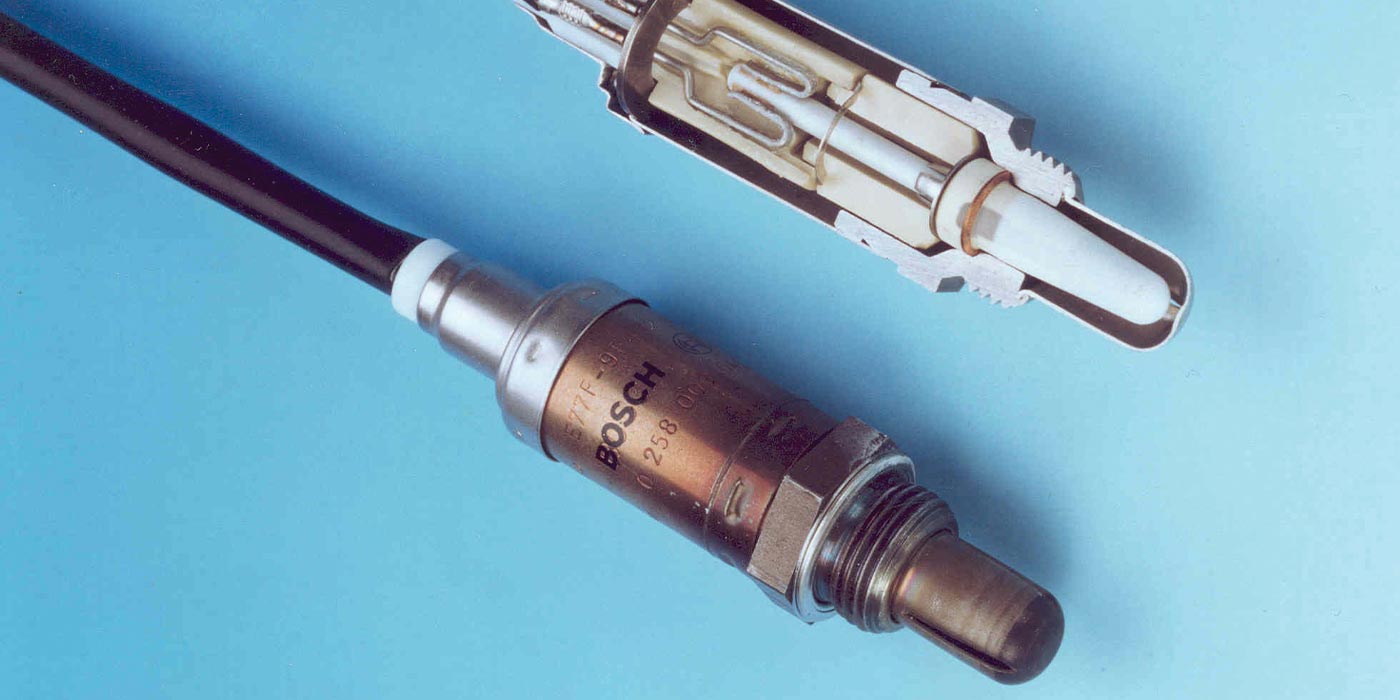
Emissions 101: A Basic Understanding Of How Catalytic Converters Operate
To begin, an internal combustion engine creates heat energy by igniting a mixture of gasoline and atmospheric oxygen with a high-voltage spark.

Nissan PCM Computer-Control Issues
The American writer Irene Peter said it best: “Just because everything is different doesn’t mean anything has changed.” By 2018, I thought everything had changed since the days of On-Board Diagnostics I (OBD I). Since OBD I evolved into OBD II in 1996, many things did indeed appear to be different. But, once in a great while, engineers design a vehicle that is slightly ahead of its time. For me, it was a 1995 Nissan pickup equipped with the 3.0-liter V6 engine and manual transmission. Surely being an oddity, it would start and run with the distributor disconnected.
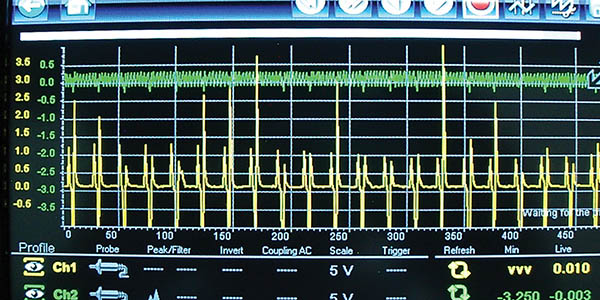
Modern Cooling System Design: It’s Not About Temperature; It’s About Powertrain
Given the advanced state of internal combustion engine technology, some recent cooling system innovations will actually increase engine torque and fuel economy while reducing exhaust emissions. Let me simplify that idea: new cooling system technology will make engines run better and cleaner. So, let’s get on the same page by reviewing some basics.

Modern Cooling System Design: It’s Not About Temperature; It’s About Powertrain
Reading engineering papers tends to be a boring exercise, but they do give a technician like myself a new perspective on how a common automotive cooling system could actually be improved. Of course, our immediate thought is how the cooling system can keep the engine cooler. Not so, according to one paper.
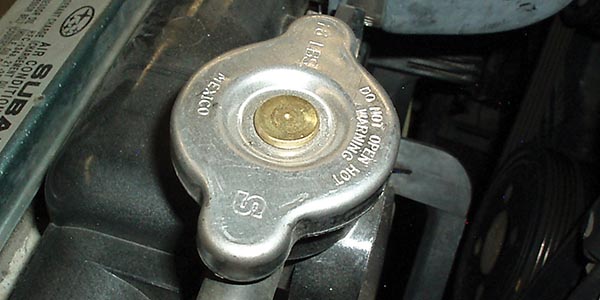
Crankshaft And Camshaft Signals
The key to diagnosing many cranking, no-start and stalling problems found on the late-model import is to understand how the crankshaft and camshaft position sensors function and what their mechanical relationship is to each other.
